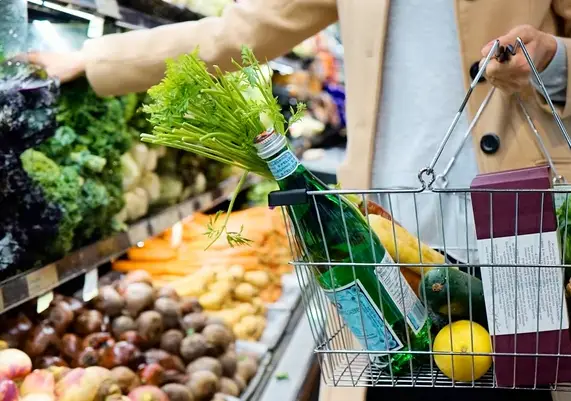According to the IMF’s twice-yearly Regional Economic Outlook published on Friday, by the end of the current year, roughly 123 million people, or 12% of the population of sub Saharan Africa, face food insecurity.
The report predicted that there would be a 50% surge in the number of people encountering a lack of access to adequate food, as opposed to 82 million people afflicted prior to the pandemic. The surge is attributed to the after effects of the pandemic and effects produced by the Russia-Ukraine conflict, as well as a worsening drought causing unrest in certain parts of sub-Saharan Africa.
Abebe Selassie, the director of the IMF’s African Department, said, “What worries us really is the fact that this is coming on top of all of the dislocation caused by the pandemic.”
He added, “I was in Chad and really the conditions that you saw there in terms of food security really are very, very horrifying” He went on to note that this would be the fifth straight failed rainy season in parts of Kenya, Ethiopia, and Somalia, with a true famine looming in Somalia.
Since the second half of last year, annual food price inflation has been steady at over 10%, and the new economic outlook from the IMF this week pegged the regional inflation forecast rising by two points to 8.7% for 2022.
In the report the GDP outlook was cut by 0.2% to 3.6%, which was a significant reduction from the 4.7% expansion in 20201. The report noted that rates would need to be raised faster of more decisively in Nigeria, Ghana, Ethiopia, Malawi, and Zimbabwe.
Selassie said, “It’s a delicate balancing act that central banks face. Inflation is this insidious, insidious tax on the poorest.”


